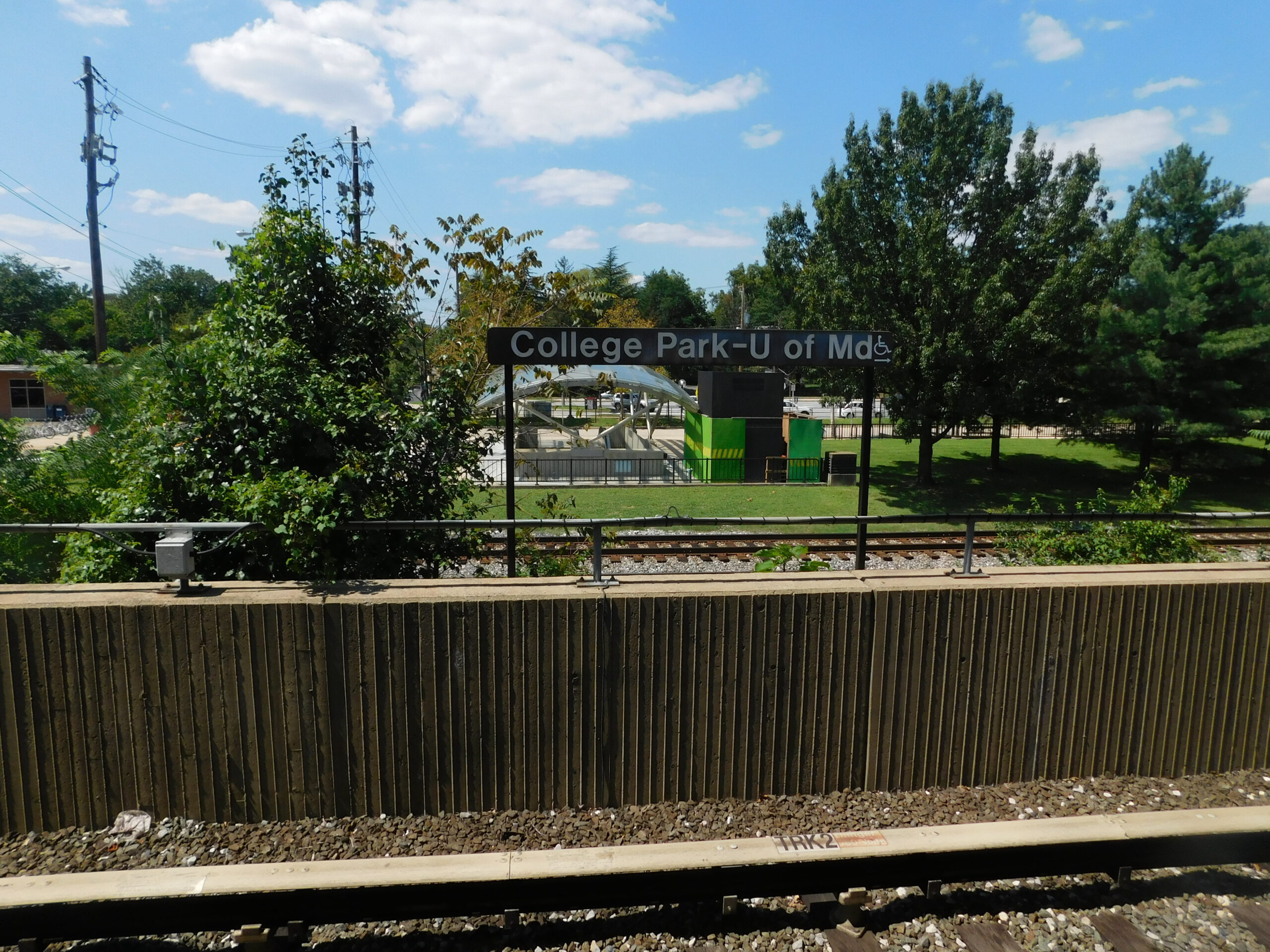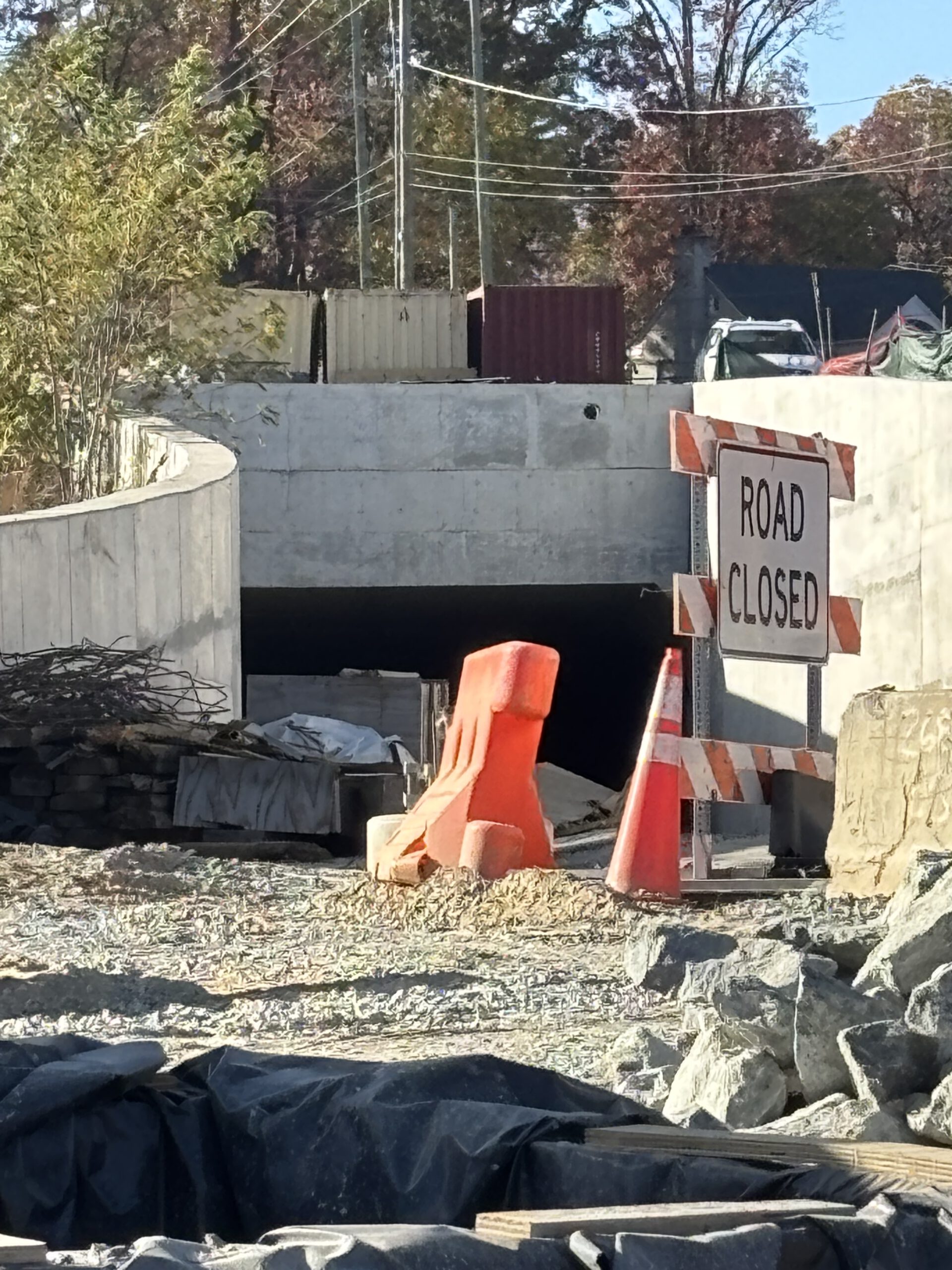Maryland boasts a diverse and dynamic economy driven by a mix of innovation, strategic location, and government influence. As home to major federal agencies, top-tier research institutions, and a thriving biotech industry, the state has positioned itself as a leader in advanced technology, healthcare, and cybersecurity. Its proximity to Washington, D.C., also makes it a key player in defense contracting and public sector employment.
Beyond government and technology, Maryland’s economy benefits from a strong maritime trade presence, a robust tourism sector, and a growing renewable energy industry. In this article, we explore ten fascinating economic insights that define Maryland, offering a closer look at the industries, trends, and opportunities that shape its economic landscape. From the significance of the Port of Baltimore to its expanding life sciences sector, these insights highlight why Maryland is a powerhouse in the U.S. economy.
Maryland’s Diverse Economy
Maryland’s economy is a fascinating tapestry woven from various sectors. Unlike states that rely heavily on a single industry, Maryland boasts a diverse economic landscape. This diversity means that the state is not overly dependent on any one sector, providing a stability that many states envy. From biotechnology to manufacturing, Maryland has positioned itself as a leader in multiple fields. This diversity allows for a robust job market, attracting talent from all over the country. The unique blend of industries in Maryland creates a dynamic economy that is both resilient and adaptable.
The Influence of Proximity to Washington, D.C.
Maryland’s close proximity to Washington, D.C. plays a significant role in its economic health. Being close to the nation’s capital means that Maryland benefits from numerous federal government contracts and jobs. This proximity has fostered a thriving defense and aerospace industry within the state. Additionally, many residents of Maryland work in D.C., contributing to the state’s economic growth through their spending power. The influx of federal money creates a ripple effect, positively impacting local businesses and services. This geographical advantage has made Maryland an attractive location for businesses looking to engage with the federal government.
Biotechnology and Life Sciences Hub

Maryland is often referred to as the “Biotech Capital of the World,” and for good reason. The state houses over 500 biotech companies, making it a critical hub for life sciences. Institutions like Johns Hopkins University and the National Institutes of Health provide a rich resource of research and development. The state’s investment in biotechnology has led to significant advancements and innovations in medical research. This sector not only creates high-paying jobs but also attracts global talent, further enhancing Maryland’s reputation. The thriving biotech industry is a cornerstone of Maryland’s economic success.
Education and Research Institutions

Maryland is home to some of the nation’s top educational and research institutions. The University of Maryland, Johns Hopkins University, and the United States Naval Academy are just a few examples. These institutions not only educate the workforce of tomorrow but also engage in groundbreaking research that fuels the state’s economy. The presence of these institutions attracts students and professionals from around the world, contributing to the state’s cultural diversity and economic vitality. Their research initiatives often lead to new businesses and innovations, bolstering Maryland’s economic landscape. The academic excellence in Maryland is a key driver of its economic prosperity.
Maritime and Logistics Sector

The Port of Baltimore is a significant player in Maryland’s economy, serving as a major gateway for international trade. It is one of the busiest ports in the United States, handling a wide variety of cargo. The maritime industry supports thousands of jobs in the state, from dock workers to logistics experts. The port’s strategic location allows for efficient transportation of goods both domestically and internationally. This sector not only contributes to Maryland’s economy but also plays a vital role in the national supply chain. The maritime and logistics sector is a testament to Maryland’s strategic economic planning.
Information Technology Growth

The information technology sector in Maryland is experiencing rapid growth, contributing significantly to the state’s economy. Maryland is home to numerous IT companies, ranging from startups to established giants. The state’s investment in technology infrastructure has created a conducive environment for innovation and entrepreneurship. This sector provides high-paying jobs and attracts tech talent from across the globe. The growth of the IT industry in Maryland is a reflection of the state’s commitment to staying at the forefront of technological advancements. The thriving IT sector is a crucial component of Maryland’s economic landscape.
Agricultural Contributions
While Maryland is often associated with its urban centers, agriculture remains an essential part of its economy. The state is known for its poultry, dairy, and seafood production. Maryland’s fertile land and favorable climate support a diverse range of agricultural activities. The agricultural sector not only provides food but also contributes to the state’s economy through exports. Farmers in Maryland have embraced sustainable practices, ensuring the long-term viability of their operations. Agriculture in Maryland is a blend of tradition and innovation, playing a vital role in the state’s economic fabric.
Tourism and Hospitality Industry
Tourism is a vibrant sector in Maryland, drawing visitors to its historical sites, natural beauty, and cultural attractions. The state’s rich history, from colonial times to the Civil War, offers a plethora of sites for history enthusiasts. Maryland’s coastline and mountains provide ample opportunities for outdoor activities, attracting nature lovers. The tourism industry supports a wide range of jobs, from hotel staff to tour guides. Events and festivals further enhance Maryland’s appeal as a tourist destination. The tourism and hospitality industry is an integral part of Maryland’s economy, contributing to its growth and diversity.
Real Estate and Construction

The real estate and construction sectors in Maryland have seen steady growth over the years. The state’s diverse economy and strategic location make it an attractive place for both residential and commercial development. Maryland’s commitment to sustainable development has led to innovative construction practices. The real estate market in Maryland is characterized by a mix of urban and suburban offerings, catering to a wide range of preferences. The construction sector provides numerous jobs and contributes to the state’s economic infrastructure. The real estate and construction industries are vital components of Maryland’s economic landscape.
Financial Services and Banking
Maryland’s financial services sector is a cornerstone of its economy, providing stability and growth. The state is home to numerous banks, credit unions, and financial institutions. Maryland’s strategic location near Washington, D.C. makes it a hub for financial services, catering to a wide range of clients. The sector provides high-paying jobs and attracts talent from across the nation. Financial services in Maryland are characterized by innovation and adaptability, meeting the needs of a dynamic market. The financial services and banking industry is a critical pillar of Maryland’s economic success.


